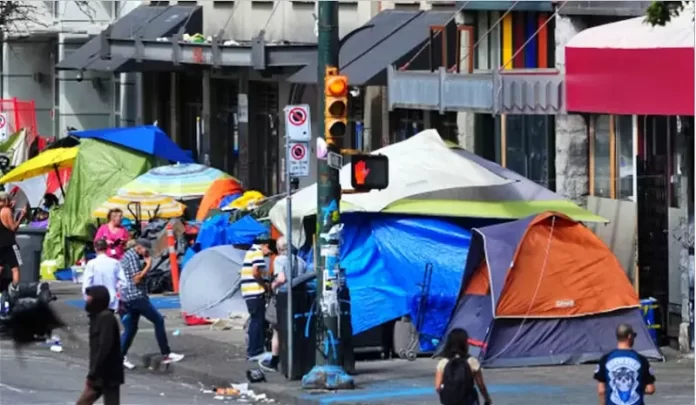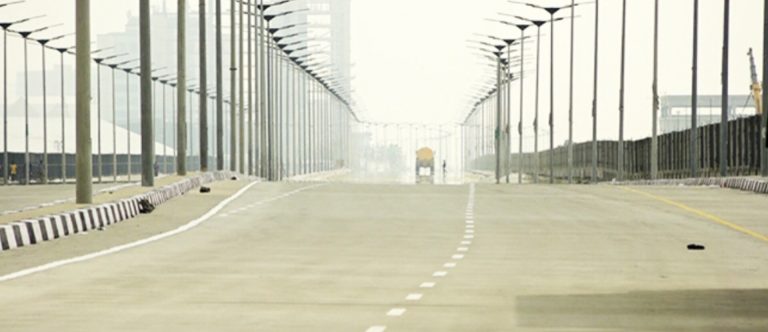
Rising home and flat costs across Canada have pushed many people out of their homes and into the streets.
Canada is still a popular destination for immigrants and refugees, but recent reports indicate that tens of thousands have taken to living on the streets.
A new study published in September found that unlike previous assumptions, the majority of Quebec’s homeless population does not congregate in Montreal but rather in the province’s outlying rural areas.
Nearly one-quarter of Quebec’s homeless population lost their homes due to eviction, according to a government study, as reported by India Times.
Between 2018 and 2022, the number of homeless people in Quebec increased by 44%, reaching 10,000 in the most recent year.
According to Karine Lussier, director of a local anti-poverty organisation, indigenous people (who make up 5% of Canada’s population) are disproportionately represented on the streets.
At least one thousand low-cost dwelling units are required in Granby, according to Lussier.
Granby is a town of 70,000 people located 80 kilometres (50 miles) east of Montreal, and the report found that some people have been living in a temporary camp in a cemetery there.
Danny Brodeur-Cote, one of the affected individuals, was evicted from the flat he shared with his girlfriend in June and has since been living in a temporary camp in a Granby cemetery.
“I work five days a week,” he proclaimed. “What little housing there is is much too expensive,” he said.
Mayor Julie Bourdon of Granby stated, “Visible homelessness did not exist three years ago in Granby, [but] rents are very high now compared to two years ago.”
City officials decided against razing the settlements and relocating the residents, opting instead to preserve them as “places of tolerance.”
France Belisle, mayor of Gatineau, a city of over 300,000 people across the river from Ottawa, says that these numbers may only be the tip of the iceberg because they are “the figures compiled a year ago.”
Despite rising living costs, the Canadian government reports that there are approximately 235,000 people sleeping outside or in shelters across the country at any given time.
Professor Cheryl Forchuk from Western Ontario revealed this, and she shares Belisle’s assessment that the reality is much more dire.
“We are significantly low-balling the estimate… They could be three times as high, she said, citing federal estimates.
Prime Minister Justin Trudeau admitted in September that even the wealthy are having trouble finding affordable housing.
Canada, despite its housing and rent problems, continues to attract people from all over the world, including Nigerians.
Almost 1.5 million new immigrants are expected to arrive in Canada over the next three years, after the federal government recently announced an aggressive plan to accept 500,000 immigrants annually by 2025.
There were 437,120 new permanent residents in the country in 2022, an increase of nearly 8% from the previous year.
“The immigration levels plan will help businesses find the workers they need,” Minister of Immigration for Canada Sean Fraser said in a statement.








